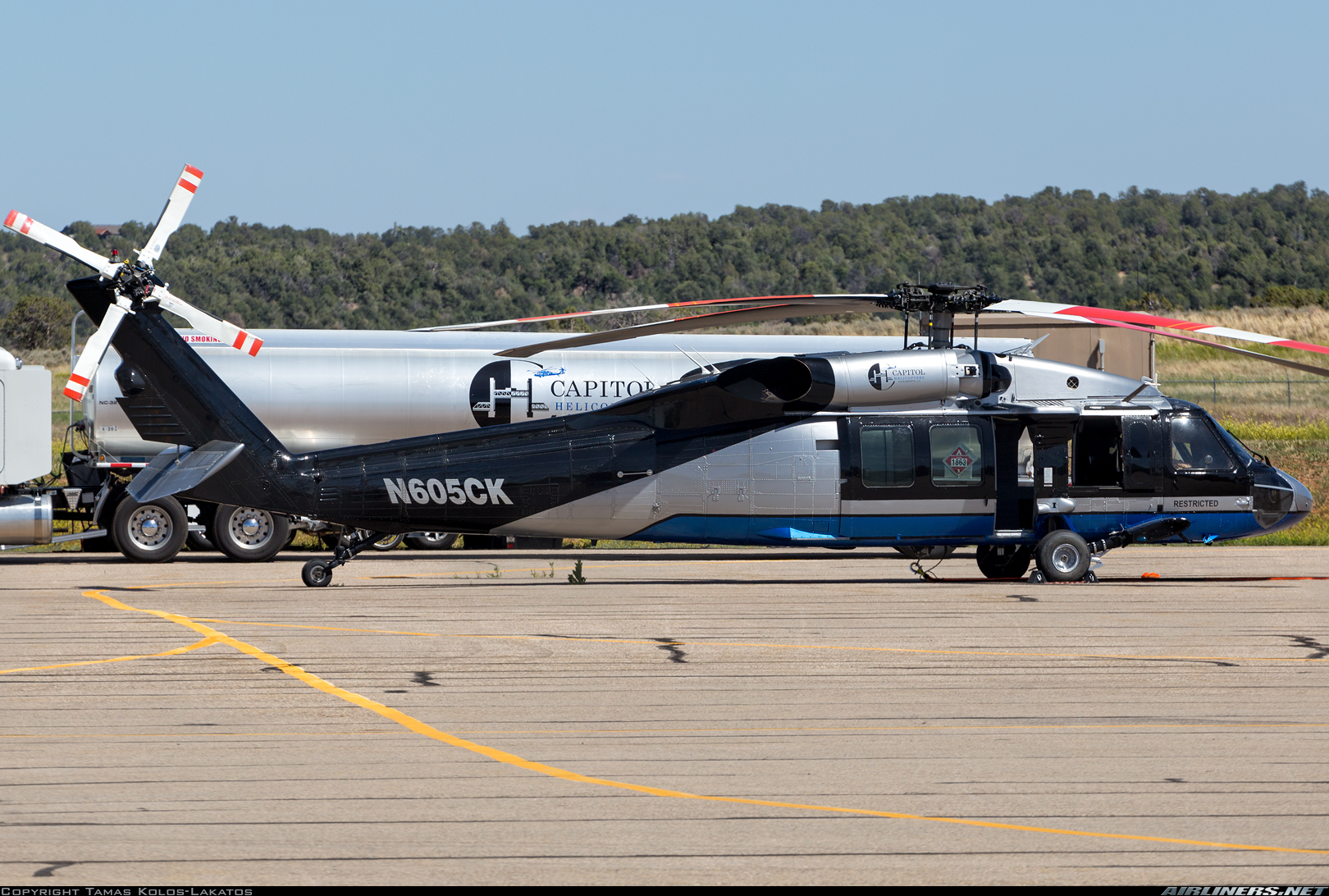Modernized Vertical Lift Platform With Advanced Composite Frameworks and Enhanced Precaution
In the world of vertical lift platforms, a substantial change towards modernization has actually been observed, driven by the combination of innovative composite structures and heightened precaution. These improvements represent an essential development in the style and performance of lift systems, guaranteeing boosted effectiveness and dependability across different markets (sikorsky s 70). As industries strive for greater operational accuracy and safety and security criteria, the application of composite products and advanced safety features has actually come to be extremely important. In discovering the merging of innovation and safety in modern lift systems, an engaging narrative emerges, showcasing the potential for transformative advancements that accommodate the ever-evolving needs of commercial markets.
Evolution of Upright Lift Platforms

The advancement of vertical lift platforms can be traced back to basic sheave systems and very early lift layouts. With time, innovations such as hydraulic systems, electric motors, and advanced control mechanisms have greatly enhanced the effectiveness and safety and security of these systems. Manufacturers have also concentrated on improving the stability, reach, and load-bearing capabilities of vertical lift platforms to meet the diverse needs of various sectors.
Additionally, the combination of wise innovations like sensors, IoT connectivity, and automation features has further changed the capacities of contemporary vertical lift platforms. These technical improvements not only improve operational performance yet additionally make sure increased security standards for workers using these platforms at various elevations. The continual development of vertical lift systems emphasizes their indispensable role in boosting upright movement across sectors.
Integration of Advanced Composite Frameworks

Furthermore, the usage of advanced composite materials permits for even more complex and optimized architectural styles, enabling designers to tailor the platform's residential or commercial properties to meet particular efficiency requirements. In general, the unification of advanced composite structures in contemporary vertical lift systems represents a substantial improvement in aerospace innovation, leading to more effective, trusted, and safer aerial transportation systems.
Improved Precaution Application
Executing boosted precaution is critical in making sure the optimal efficiency and integrity of contemporary vertical lift systems. These steps incorporate a variety of approaches targeted at mitigating dangers and boosting overall safety and security requirements. One essential facet of enhanced security measures is the combination of innovative sensing unit innovations to monitor different criteria in real-time. By utilizing sensing units for features such as architectural health tracking, tons surveillance, and environmental picking up, potential risks can be determined early, enabling proactive maintenance and restorative activities.

Market Applications and Advantages
With developments in technology and design, modernized vertical lift systems have located diverse applications across different industries, using significant advantages in performance and performance. In the manufacturing sector, these systems enhance the process of carrying heavy materials and equipment within centers, minimizing hands-on handling and enhancing functional performance. The building and construction industry advantages from vertical lift systems by allowing workers to gain access to raised areas safely and successfully, improving general job timelines. Warehousing and logistics companies utilize these platforms to enhance storage area utilization and facilitate quicker picking and packing procedures.
Furthermore, upright lift systems play a crucial function in the maintenance and repair work of facilities such as bridges, power lines, and structures, enabling professionals to get to inaccessible areas effortlessly (sikorsky s 70). The aeronautics sector additionally leverages these systems for airplane upkeep and assembly tasks, enhancing workflow efficiency and ensuring worker safety at elevations. Generally, the prevalent adoption of modernized vertical lift systems throughout markets highlights their flexibility and the substantial renovations they give different operations
Future Trends in Lift System Innovation
Integrating sophisticated automation and smart attributes, lift system technology is poised to reinvent upright transport systems in the close to future. One essential pattern is the assimilation of Net of Points (IoT) technology, allowing lift platforms to interact real-time data for anticipating maintenance, enhancing efficiency, and boosting safety and security. As lift platform innovation continues to evolve, these trends are established to form the future of vertical transportation, making it more reliable, risk-free, and user-friendly.
Final Thought
Finally, the up-to-date vertical lift platform showcases the advancement of innovation in the market. By incorporating sophisticated composite structures and improved safety actions, this platform supplies enhanced performance and security for numerous applications. The industry can profit significantly from these advancements, and future patterns in lift system innovation are most likely to continue surpassing these developments for also greater success and performance.
In the realm of vertical lift systems, a significant change towards innovation has been observed, driven by the integration of innovative composite structures and Get More Information heightened security measures. The continual development of upright lift platforms emphasizes their vital role in improving vertical web link movement throughout industries.

The unification of advanced composite frameworks in modern-day upright lift platforms has substantially boosted their structural integrity and performance abilities. By incorporating these innovative composites into the design and building of vertical lift systems, makers can lower overall weight, increase load-carrying capacity, and improve the system's durability and longevity.
Executing improved security procedures is essential in making sure the ideal efficiency and integrity of modern-day upright lift systems.
Comments on “Sikorsky S 70: Enhancing Helicopter Efficiency and Flexibility”